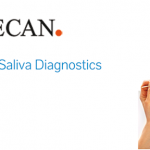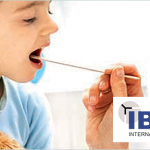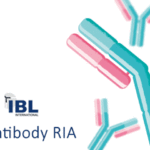TriCat Urine ELISA a unique approach to investigate stress-induced symptoms
Products are for professional/laboratory use only.
As distributors of a comprehensive portfolio in clinical diagnostics and functional medicine, we have been able to meet our customers’ specific needs, propose solutions to their problems, and orientate them towards the innovation path in IVD.
In the recent past, we have accompanied several laboratories in the field of non-invasive testing to generate a new stream of revenue outside the classical parameters. Parameters that are associated with complementary medicine approach based of precise clinical data typically can open the door for your laboratory to investigate for example: stress levels.
Stress is increasing on the sly.
In Australia, the stress levels have increased over the years, impacting on the physical and mental health of the general population.
- In 2020-21, more than half of Australians (59%) experienced at least one personal stressor in the last 12 months.1
- Fifteen % of Australians aged 16-85 years experienced high or very high levels of psychological distress, increasing 15% in only 2 years.2,3
- The cost of workers experiencing psychological distress is estimated to be $1 billion per annum.4
- It’s not just adults who are impacted. According to research conducted through Headspace and the National Union of Students, 83.2% of Australian university and TAFE students fell stress.5
Stress, more than just a perception.
In chronic stress response, catecholamines, including adrenaline, noradrenaline and dopamine, are involved.6 Therefore, catecholamines level quantification to detect deviations from the normal range could be a useful tool to detect stress, and it can be easily done now in urine samples thorough the TriCattTM ELISA assay (cat# 30143814).
- No needles needed!
- User-friendliness
- Reduced hands-on time
- Automation compatible
References:
- ABS 2020. General Social Survey: Summary Results, Australia, 2020
- ABS 2021. First insights from the National Study of Mental Health and Wellbeing, 2020-21
- ABS 2019. National Health Survey: first results, 2017–18.
- AIHS 2016. Australian Institute of Health and Safety, 2016.
- Headspace 2017 https://headspace.org.au/
- Paravati S, Rosani A, Warrington SJ. Physiology, Catecholamines. [Updated 2021 Oct 30]. In: StatPearls [Internet]. Treasure Island (FL): StatPearls Publishing; 2022 Jan-. Available from: https://www.ncbi.nlm.nih.gov/books/NBK507716/







